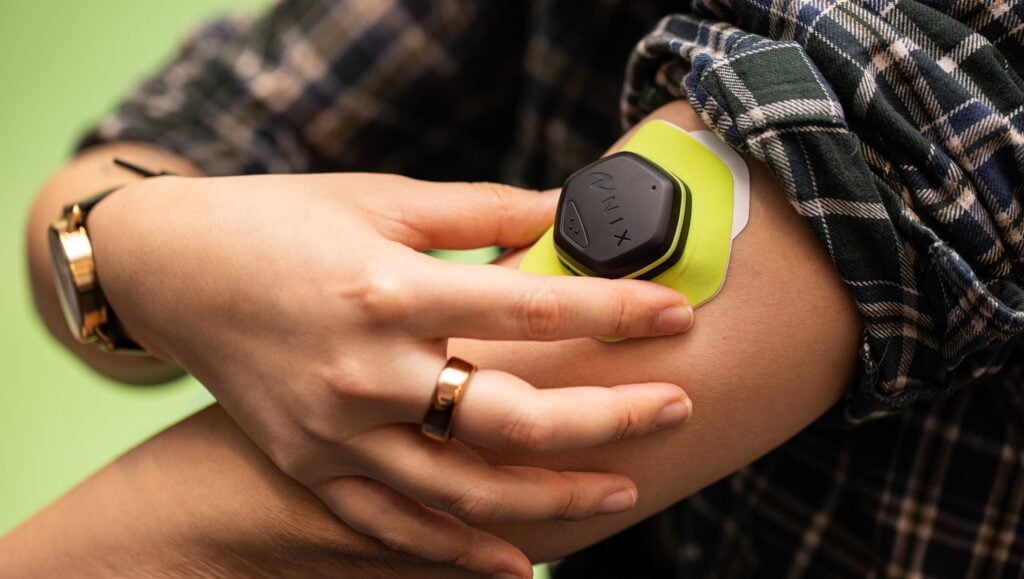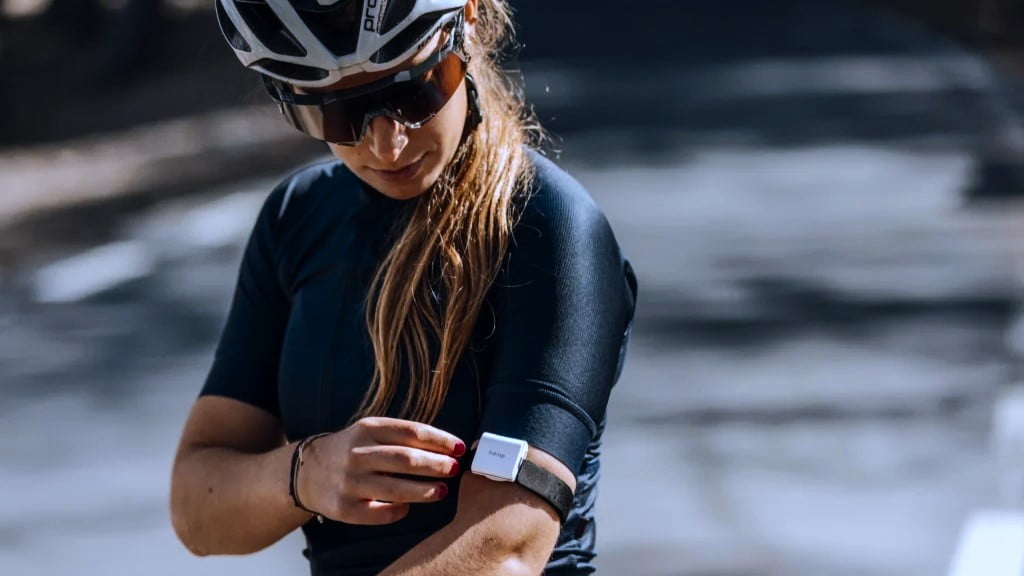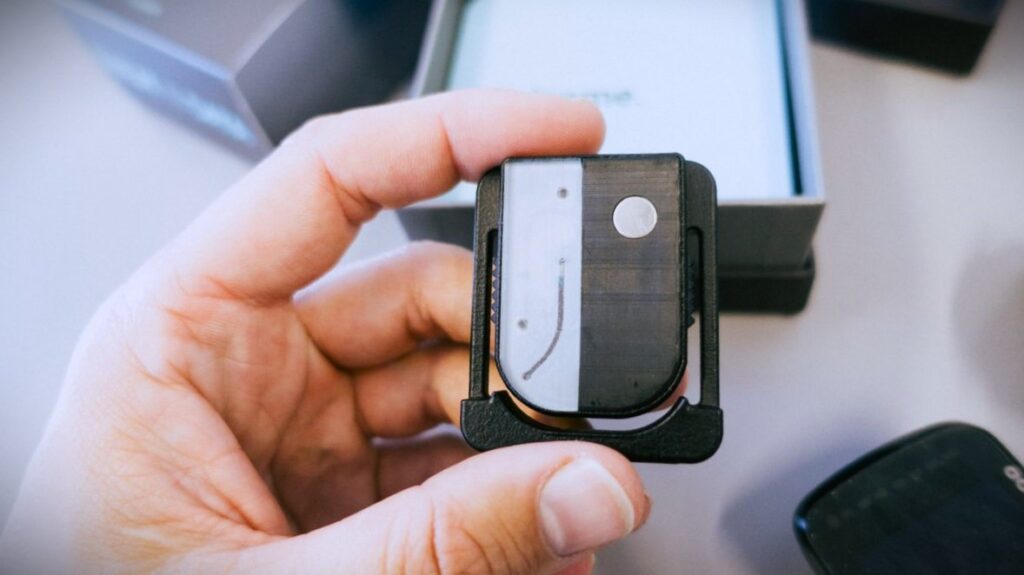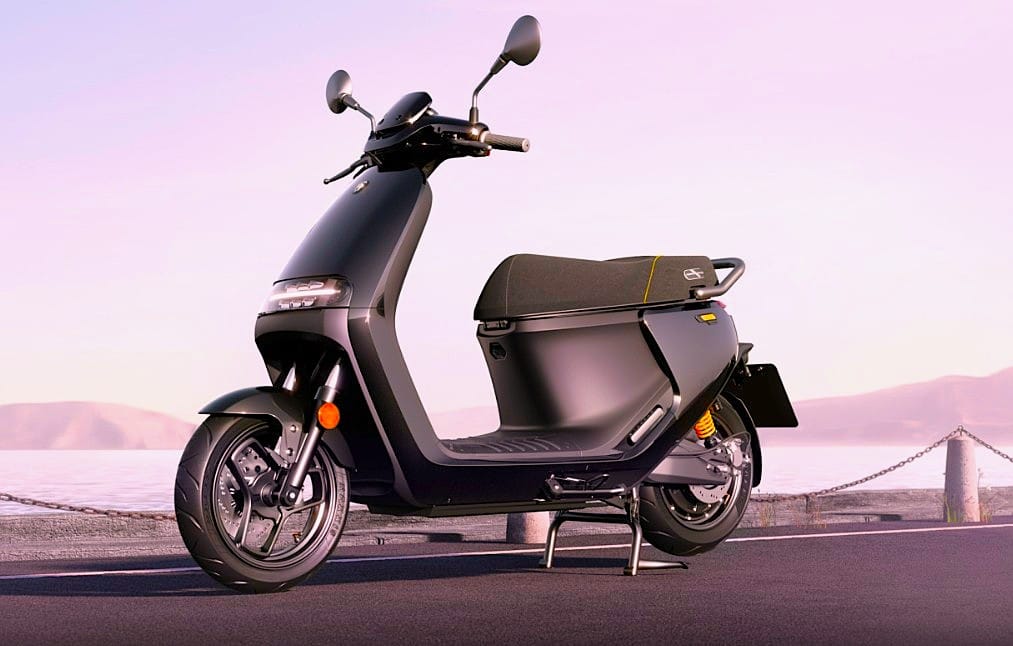Hydration in Health management: A Vital role
Adequate hydration is essential for good health and aids in support of all body systems. Water dehydration have a variety of negative health effects, e.g. headache, tiredness and thirst. Severe cases may lead to fever, hypotension, rapid heart rate, increased respiration, cognitive impairment, and even unconsciousness.
Hydration monitoring is necessary for fitness enthusiasts and professional athletes, but up until recently, there weren’t many practical tools available to meet this demand. Modern wearables use photoplethysmographic sensors coated in a specific coating to measure minuscule levels of solutes found in sweat; special algorithms are used to interpret the sensor’s outputs.
What is Wearable technology
Wearable health technology has completely changed how we monitor and take care of our health in the digital age. These cutting-edge gadgets—which range from fitness trackers to smartwatches and beyond—offer real-time data on a variety of health markers, including heart rate, sleep patterns, physical activity, and even levels of hydration.

Wearable Hydration monitor: Life hacking hydration biosensor
How do Hydration Sensors Work?
These wearable electronic sensors function by assessing the body’s level of hydration through contact with the skin. As an illustration, bio-impedance sensors utilize a gentle electrical current to pass through the skin and gauge the resistance, which fluctuates based on the body’s water content. Sensors for sweat analysis can detect the concentration of electrolytes present in sweat.
Additionally, skin conductivity sensors can measure the skin’s electrical conductivity, which can vary based on hydration levels. These measurements are processed by advanced algorithms to provide precise hydration data.

Benefits of Using Wearable Hydration Monitor
- Improved Athletic Performance: Athletes and fitness enthusiasts benefit significantly from hydration sensors as they provide real-time feedback, helping them maintain optimal bio-water levels during intense physical activities. This can lead to better endurance, reduced fatigue, and improved overall performance.
- Enhanced Cognitive Function: Proper hydration is essential for cognitive functions such as concentration, memory, and alertness. Wearable hydration sensors help users stay mentally sharp by ensuring they drink enough water throughout the day.
- Health Monitoring: Dehydration can lead to various health issues, including kidney stones, urinary tract infections, and even heatstroke. Wearable hydration sensors act as a preventive tool by alerting users before dehydration becomes severe.
- Personalized Hydration Plans: These devices come with companion apps that provide personalized hydration recommendations based on the user’s activity level, environment, and physiological needs.
Popular Wearable Hydration Sensors in 2024
Several wearable hydration sensors have gained popularity and received positive reviews. Here are a few notable examples:
Nix Hydration Biosensor
- Overview: The Nix Biosensor is a small, patch-like device that sticks to the skin and measures sweat composition to provide real-time hydration data.
- User Reviews: Athletes particularly love the Nix biosensor for its precision and ease of use. A review highlighted, “The Nix biosensor is incredibly convenient. I get real-time updates on my hydration status without interrupting my workout.”

hDrop Gen2
- Overview: hDrop operates through a cutting-edge sensor that, when in contact with skin, can detect electrolyte concentration via sweat. Utilizing a specialized algorithm, it’s capable of calculating sweat loss, sweat rate, and providing an estimation of sodium and potassium levels. The hDrop Gen2 is an advanced hydration sensor. It is worn on the arm and connects to a companion app for detailed hydration insights.
- User Reviews: The hDrop Gen2 is praised for its accuracy and user-friendly interface. A user reviews, “The hDrop Gen2 has significantly improved my water intake habits. The app’s insights are incredibly useful, and I love the real-time alerts.”
FlowBio S1
- Overview: The FlowBio S1 is a state-of-the-art hydration sensor that uses advanced sweat analysis to provide accurate data. It is designed to be worn as a patch, making it unobtrusive and comfortable.
- User Reviews: Users are impressed with the FlowBio S1’s accuracy and convenience. One review stated, “The FlowBio S1 has been a reliable companion during my training sessions. Its sweat analysis is spot-on, and the patch is so comfortable I forget I’m wearing it.”

LVL Hydration Monitor
- Overview: LVL is a wrist-worn hydration monitor that uses red light technology to measure hydration levels. It also tracks activity, heart rate, and sleep.
- User Reviews: Users appreciate the comprehensive health monitoring features and the accurate hydration alerts. One buyer mentioned, “LVL has been a game-changer for my marathon training. I no longer have to guess when to hydrate.”
Breakthrough in personal health technology
With the help of these wearable tech, users can now access up-to-the-minute data, ensuring their well-being, enhancing their physical and mental capabilities. With the rapid advancement of technology, these innovations are seamlessly integrating into our daily routines.
Whether you’re an athlete or someone looking to maintain optimal health, utilizing a wearable hydration sensor could be a wise choice. With skyrocketing trends in fitness, these smart devices are demonstrating themselves to be more than a passing fad—they’re a groundbreaking advancement in health monitoring.







